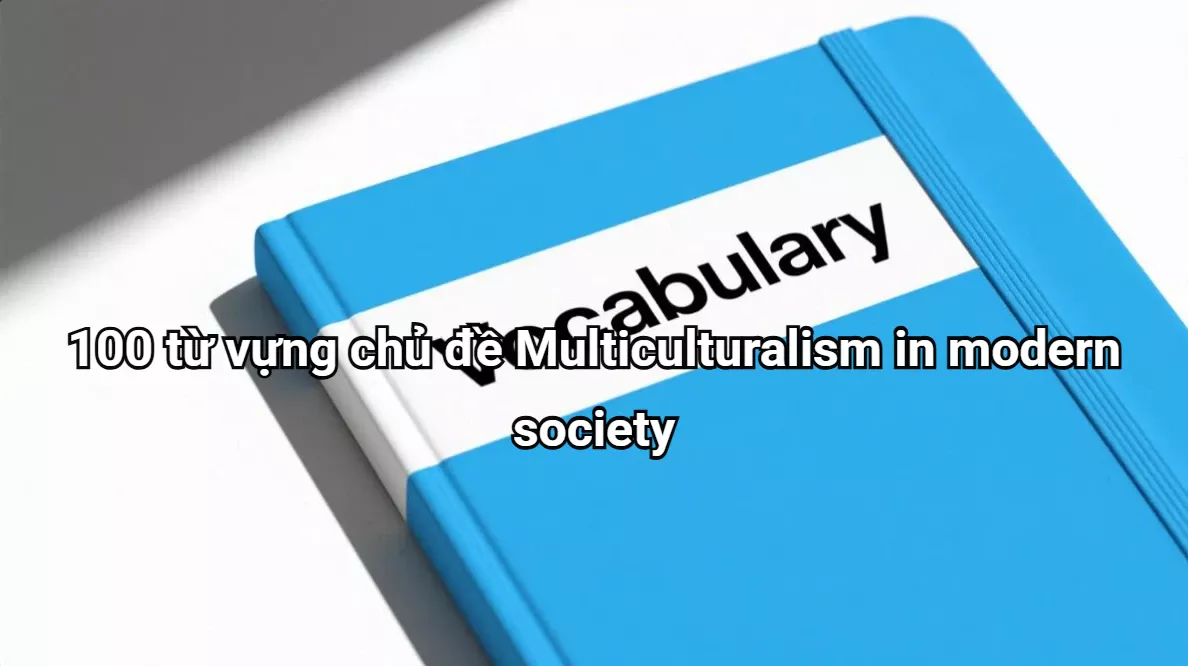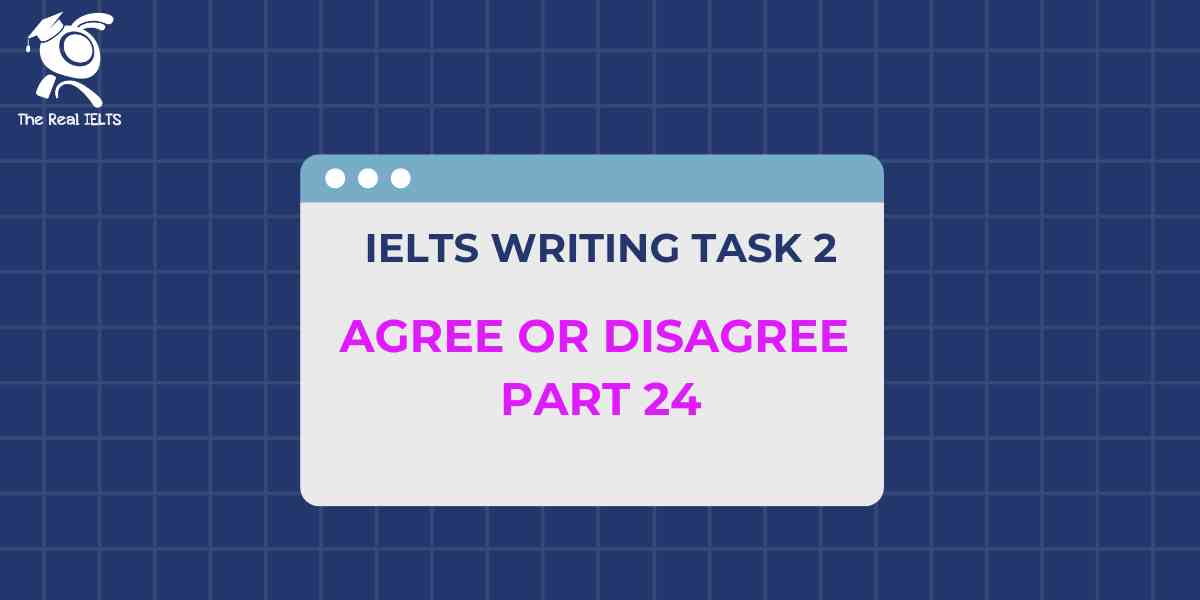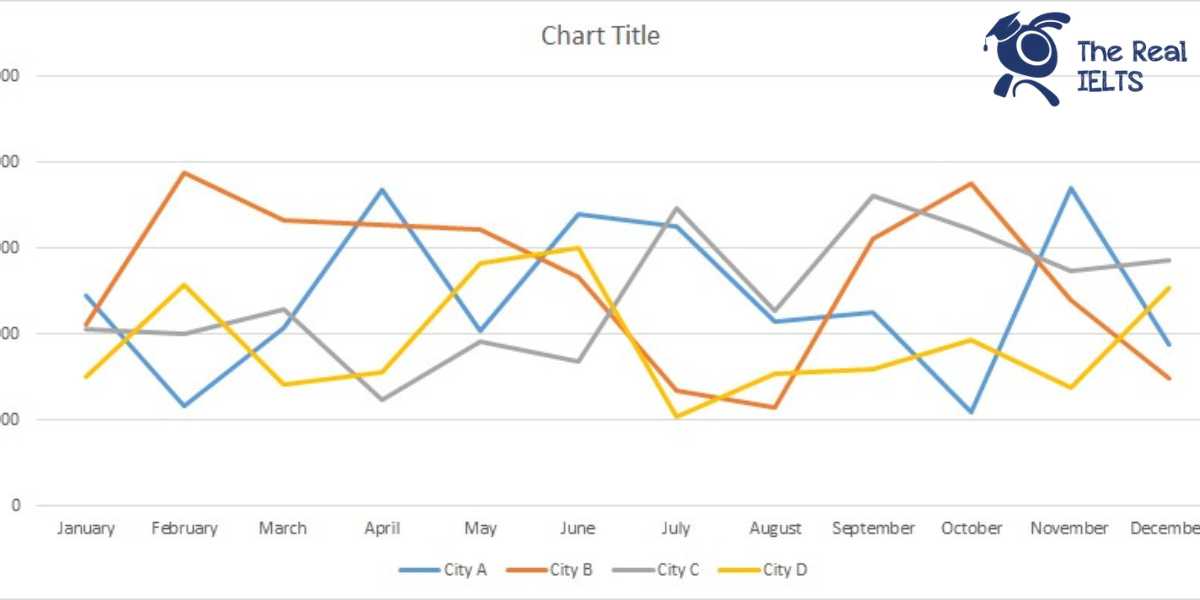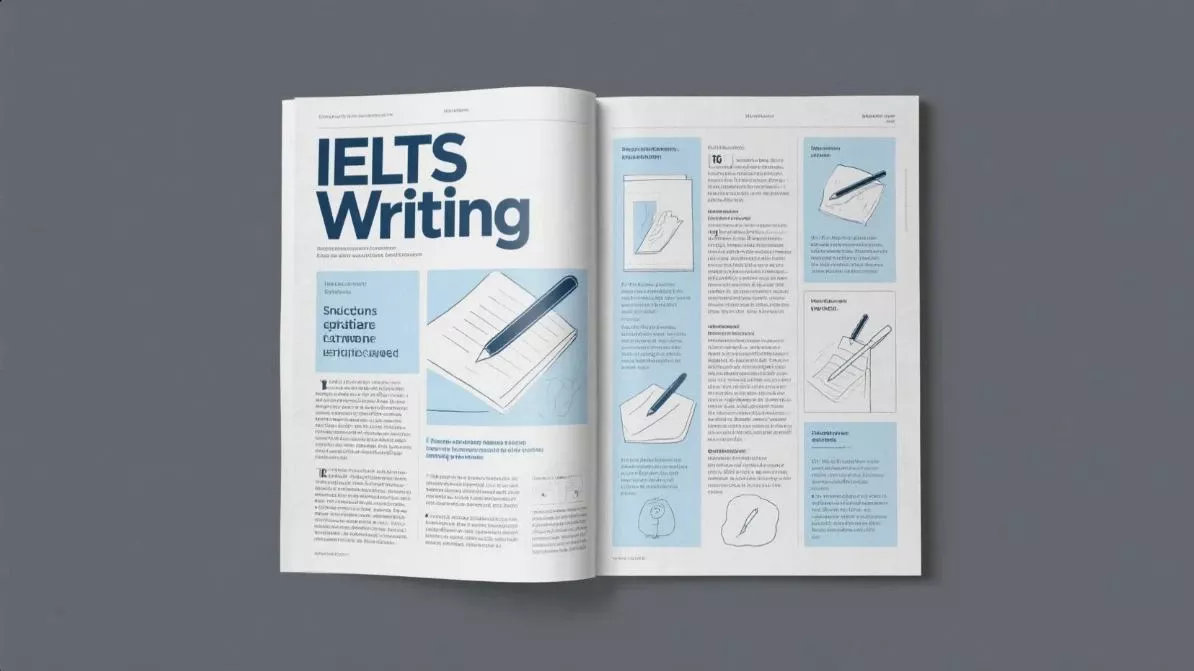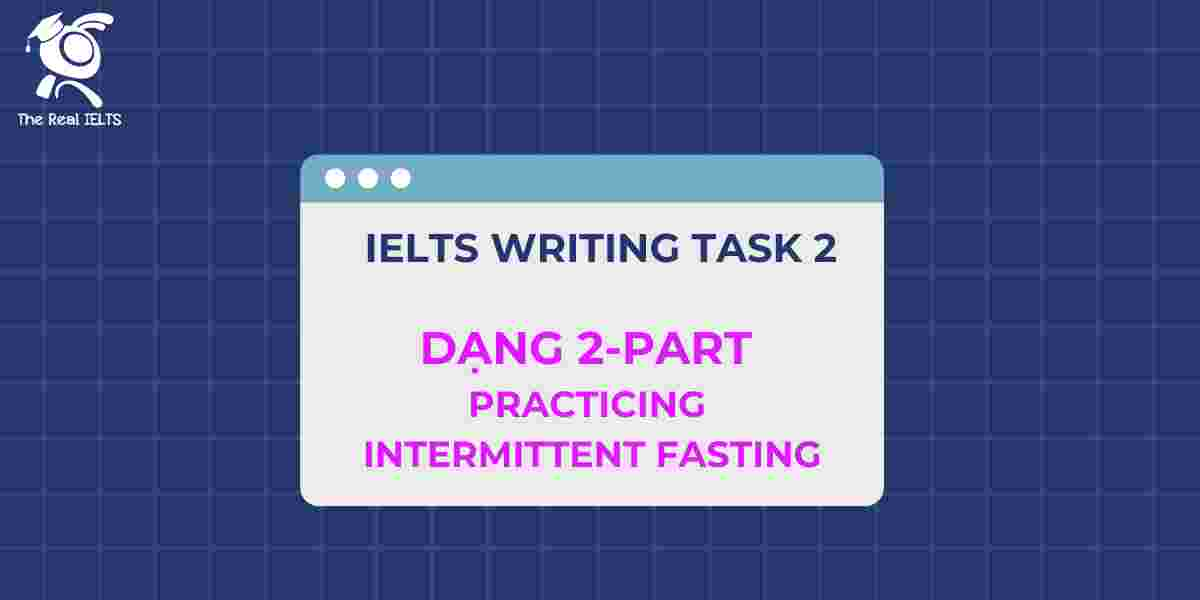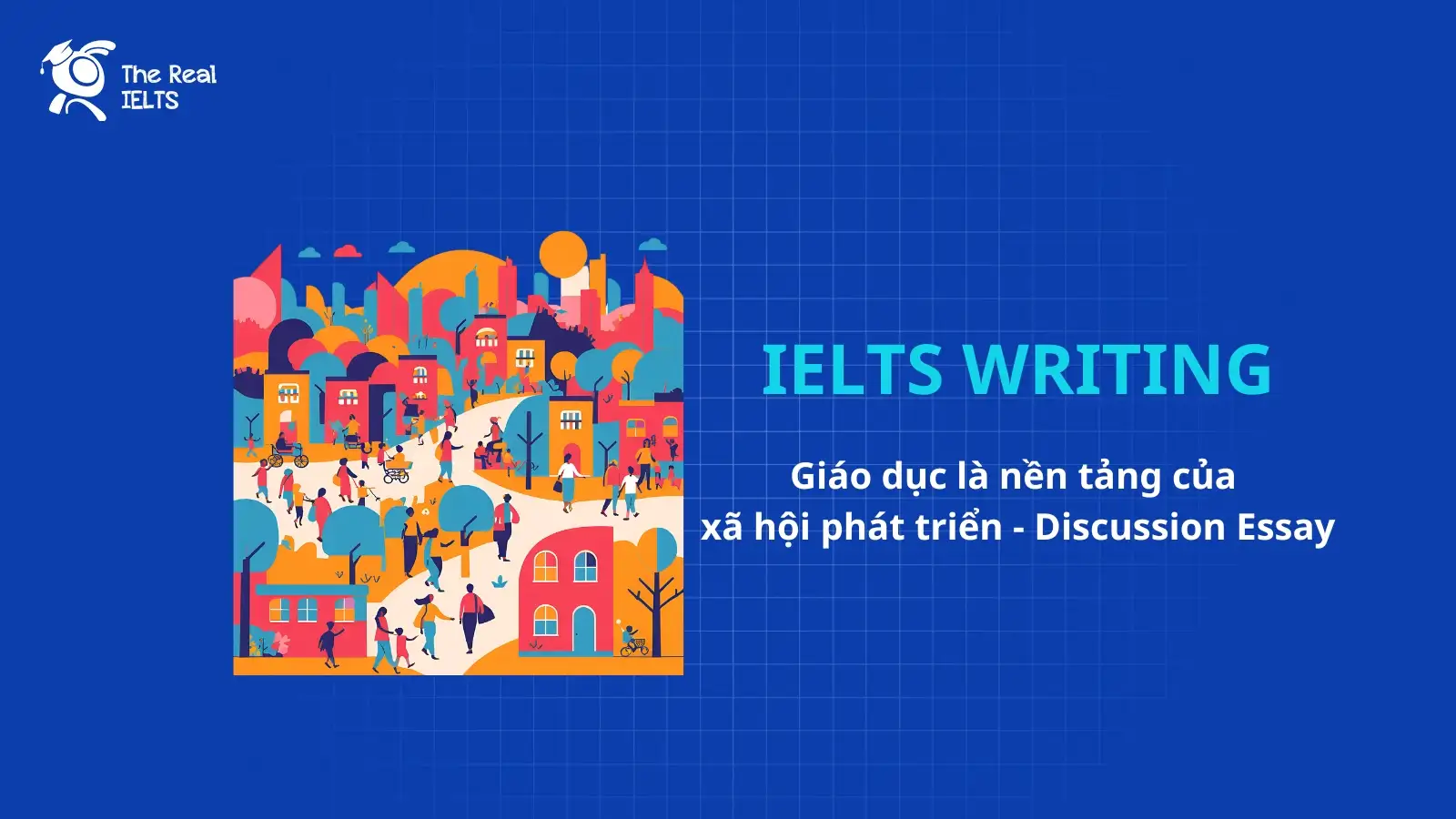Đề bài IELTS Writing Task 2 dạng Positive or Negative home technology
You should spend about 40 minutes on this task
The increasing use of smart home technology. Do you think this is a positive or negative development?
Write at least 250 words.
Giải mẫu IELTS Writing
The advent of smart home technology has revolutionized modern living, providing unprecedented convenience and efficiency. However, whether this development is wholly positive or negative is a matter of ongoing debate. This essay argues that while smart home technology offers significant benefits, it also presents several challenges that must be addressed to maximize its potential.
On the positive side, smart home technology enhances the quality of life by automating mundane tasks. Devices such as smart thermostats, lighting systems, and security cameras can be controlled remotely, allowing homeowners to manage their environment with ease. For instance, a smart thermostat can learn a household’s schedule and adjust the temperature accordingly, saving energy and reducing utility bills. Additionally, smart security systems offer enhanced protection, providing real-time surveillance and alerts, which can deter potential intruders and ensure the safety of residents.
Moreover, smart home technology promotes sustainability by optimizing resource usage. Smart appliances can monitor and reduce water and electricity consumption, contributing to a more eco-friendly lifestyle. This is particularly relevant in the context of growing environmental concerns and the need for sustainable living practices. The integration of renewable energy sources, such as solar panels, with smart home systems further exemplifies the potential for reducing the carbon footprint of households.
However, the increasing reliance on smart home technology also raises several concerns. Privacy is a significant issue, as these devices often collect and transmit data about users’ habits and routines. There is a risk that this information could be misused or accessed by unauthorized parties, leading to potential breaches of privacy. For example, smart speakers that listen for voice commands might inadvertently record sensitive conversations, posing a risk to personal security.
Furthermore, the high cost of smart home devices can be prohibitive for many people, exacerbating social inequalities. While the technology promises long-term savings, the initial investment is often substantial, making it accessible primarily to wealthier households. This could lead to a digital divide, where only a segment of the population benefits from the advancements in smart home technology.
In conclusion, the increasing use of smart home technology is a double-edged sword. While it offers significant advantages in terms of convenience, efficiency, and sustainability, it also poses challenges related to privacy and affordability. To ensure that this technological advancement is a positive development, it is crucial to address these issues through robust data protection measures and efforts to make smart home devices more accessible to all.
Thống kê cấu trúc câu và cấu trúc ngữ pháp
Cấu trúc câu
- Câu đơn: Câu có cấu trúc đơn giản, chứa một mệnh đề chính.
- The advent of smart home technology has revolutionized modern living, providing unprecedented convenience and efficiency.
- Câu ghép: Câu có chứa hai hoặc nhiều mệnh đề chính, được nối với nhau bằng các liên từ.
- However, whether this development is wholly positive or negative is a matter of ongoing debate.
- Câu phức: Câu có chứa một mệnh đề chính và một hoặc nhiều mệnh đề phụ.
- This essay argues that while smart home technology offers significant benefits, it also presents several challenges that must be addressed to maximize its potential.
- Câu ghép phức: Câu có chứa ít nhất hai mệnh đề chính và một hoặc nhiều mệnh đề phụ.
- For instance, a smart thermostat can learn a household’s schedule and adjust the temperature accordingly, saving energy and reducing utility bills.
Cấu trúc ngữ pháp
- Thì hiện tại hoàn thành: Diễn tả hành động bắt đầu trong quá khứ và tiếp tục đến hiện tại.
- The advent of smart home technology has revolutionized modern living.
- Thì hiện tại đơn: Diễn tả hành động lặp đi lặp lại hoặc sự thật hiển nhiên.
- Devices such as smart thermostats, lighting systems, and security cameras can be controlled remotely.
- Thì tương lai đơn: Diễn tả hành động sẽ xảy ra trong tương lai.
- To ensure that this technological advancement is a positive development, it is crucial to address these issues.
- Câu bị động: Diễn tả hành động mà đối tượng bị tác động bởi hành động đó.
- There is a risk that this information could be misused or accessed by unauthorized parties.
- Mệnh đề quan hệ: Cung cấp thêm thông tin về danh từ hoặc đại từ.
- Devices that listen for voice commands might inadvertently record sensitive conversations.
Từ kết nối các câu và các đoạn
- Từ nối câu:
- However: Tuy nhiên
- For instance: Ví dụ
- Additionally: Ngoài ra
- Moreover: Hơn nữa
- Furthermore: Hơn nữa
- For example: Ví dụ
- While: Trong khi
- Từ nối đoạn:
- On the positive side: Về mặt tích cực
- In conclusion: Kết luận lại
Các từ vựng tiếng Anh cần lưu ý trong bài viết
- Advent – Sự xuất hiện
- Revolutionized – Cách mạng hóa
- Modern living – Cuộc sống hiện đại
- Unprecedented – Chưa từng có
- Convenience – Sự tiện lợi
- Efficiency – Hiệu quả
- Automating – Tự động hóa
- Mundane tasks – Các công việc thường nhật
- Thermostats – Bộ điều chỉnh nhiệt
- Remotely – Từ xa
- Utility bills – Hóa đơn tiện ích
- Surveillance – Giám sát
- Deterrent – Răn đe
- Promotes sustainability – Thúc đẩy sự bền vững
- Optimizing – Tối ưu hóa
- Resource usage – Việc sử dụng tài nguyên
- Eco-friendly – Thân thiện với môi trường
- Renewable energy sources – Các nguồn năng lượng tái tạo
- Carbon footprint – Dấu chân carbon
- Reliance – Sự phụ thuộc
- Privacy – Sự riêng tư
- Unauthorized parties – Các bên không được phép
- Breaches – Sự vi phạm
- Sensitive conversations – Các cuộc trò chuyện nhạy cảm
- Prohibitive – Ngăn cản
- Exacerbating – Làm trầm trọng thêm
- Social inequalities – Bất bình đẳng xã hội
- Investment – Sự đầu tư
- Substantial – Đáng kể
- Digital divide – Khoảng cách số
- Advantages – Lợi ích
- Challenges – Thách thức
- Affordability – Sự hợp lý về giá cả
- Robust data protection measures – Các biện pháp bảo vệ dữ liệu mạnh mẽ
- Accessible – Có thể tiếp cận
Đọc thêm các bài Luyện Thi IELTS khác trong link nhé.



